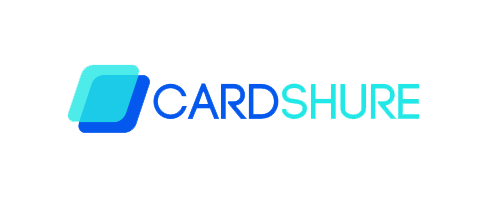How Credit Limit is Determined by Credit Card Companies and What you Must Consider Before Applying. Credit card companies determine your credit via credit limit a complex process that is called underwriting, which works according to mathematical formulas, considerable testing, and analysis. Details of the procedure remain protected since it is the way the company makes its money.
The main deal of the matter here is that it’s the way the system computation helps the company decide who would be approved, at what rate, and at which limit. The higher the credit limit, the more the credit card company trusts a borrower and believes they would pay their debt. Below are some principles that issuers make use of when they want to determine your credit amount.
What is a Credit Limit?
A credit card credit limit happens to be the amount of credit that is issued to a card member by the card issuer. This credit limit is also called a credit line, it is established once an application gets approved based on the customer’s credit quality and it would increase with time if the cardmember uses the card responsibly. A customer can also choose to request for credit line increase with time in order to better meet their needs.
Cards with Preset Credit Limits
A lot of Credit cards issued nowadays are done with a preset credit limit. This simply means that once the issuer determines your credit quality, they would assign a set dollar amount of outstanding balances that you can have right on your account when it comes to new purchases and/or transferred balances. This preset limit can increase with time or when a customer request one, that is if your credit scores warrant and the credit card issuer wants to extend additional credit.
Cards with No-Preset Credit Limits
Some Premium credit cards and charges come with credit limits that are not preset and are dynamic, which means they can grow or contract based on the way you spend or your spending needs. However, if a huge purchase is anticipated, the dynamic credit line would accommodate spending that is out of pattern since there are some flexibilities that are built right into these types of credit limits.
Credit History
A lot of companies would check your credit report and gross annual income level in other to determine your credit limit. The most factors that issuers prefer to consider include your repayment history, the length of your credit history, and the amount of credit account found on your report. These include mortgages, student loans, auto loans, personal loans, and more.
Issuers also check the number of inquiries initiated right on your report, which includes the number of derogatory marks, like bankruptcies, collections, civil judgments, or tax liens. Your limits are funded accordingly by the company.
Other Factors
The underwriting process tends to vary from company to company. Some of the issuers also check applicants’ credit reports to discover the limits that exist right on their other credit cards. Other agencies tend to compare several types of scores, like the applicant’s credit score and bankruptcy score, in order for you to determine just how much you need to fund the borrower.
Issuers might also consider the person’s work history or debt-to-income (DTI) ratio before deciding just how much of a risk the applicant is to them. The more credible the person’s work history and the lower his or her debt, the more likely the person would get his funds increased.

